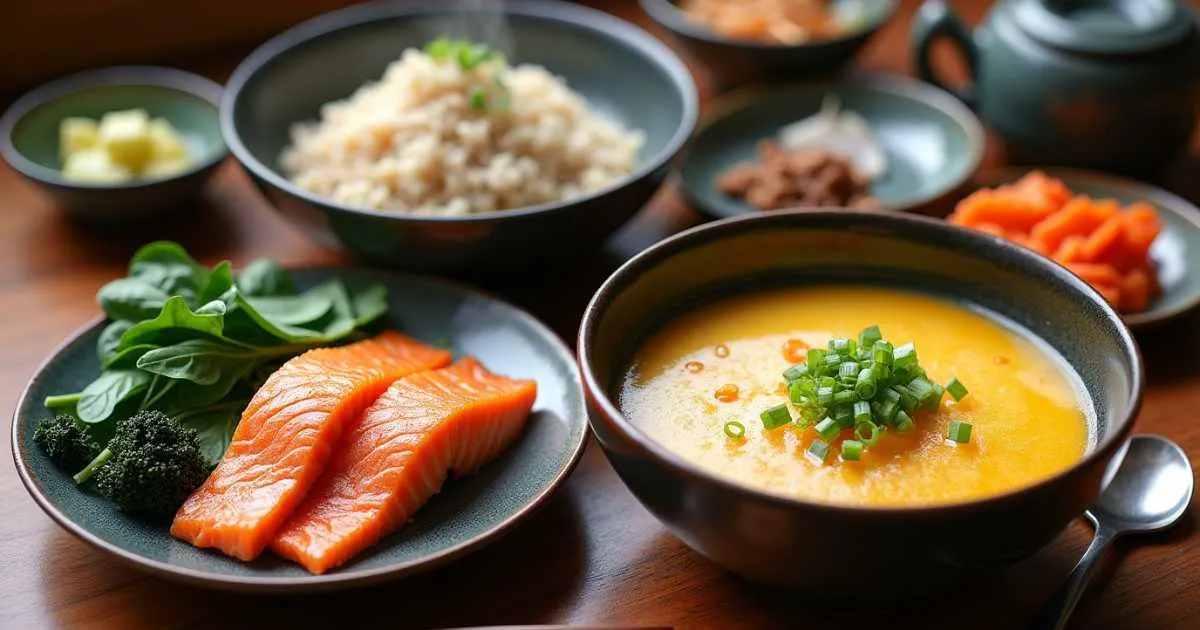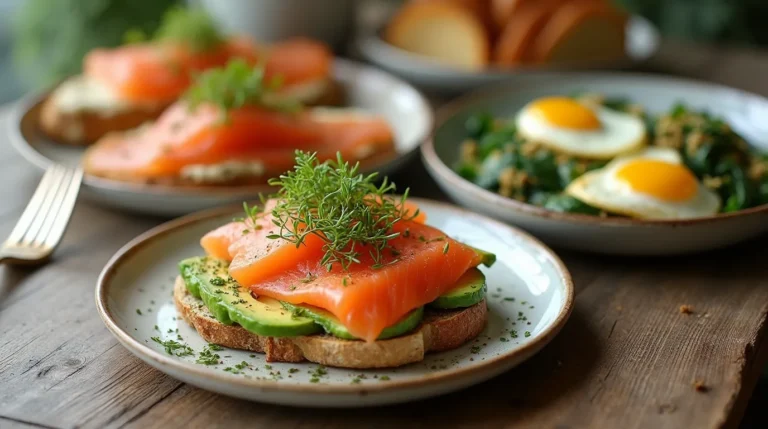10 Korean Breakfast Ideas for a Healthy and Flavorful Start to Your Day
Breakfast is more than a meal—it’s the foundation of your day, a chance to fuel your body and mind with intention. Yet, in the rush of life, how often do you give this essential moment the care it deserves? Imagine starting your day with a nourishing, balanced, and flavor-packed meal that embodies both tradition and health. A Korean breakfast can be just that: an artful blend of taste and wellness rooted in centuries-old practices.
In this guide, we’ll explore the components of a healthy Korean breakfast, how it aligns with modern nutritional goals, and easy recipes to transform your mornings. Whether you’re a breakfast enthusiast or someone looking for a revitalizing change, this article will inspire you to embrace the balance and simplicity of Korean morning meals.
Table of Contents
Why Breakfast Matters
You’ve heard it before—breakfast is the most important meal of the day. But why? After a night of fasting, your body craves energy and nutrients to jumpstart the day. A well-rounded breakfast can:
- Boost your energy levels.
- Improve focus and cognitive function.
- Help regulate blood sugar levels.
- Support long-term health by reducing the risk of chronic diseases.
A traditional Korean breakfast excels in offering these benefits, blending whole grains, lean proteins, fermented vegetables, and hearty soups. Let’s explore how this unique approach sets the tone for a healthy lifestyle.
Core Components of a Healthy Korean Breakfast
1. The Foundation: Rice and Its Variations
In Korean cuisine, rice isn’t just a side—it’s the heart of the meal. Steamed white rice is traditional, but you can elevate its nutritional value by choosing:
- Brown rice: Packed with fiber and essential minerals.
- Mixed grain rice (japgokbap): A combination of grains like barley, millet, and quinoa, offering a variety of nutrients and textures.
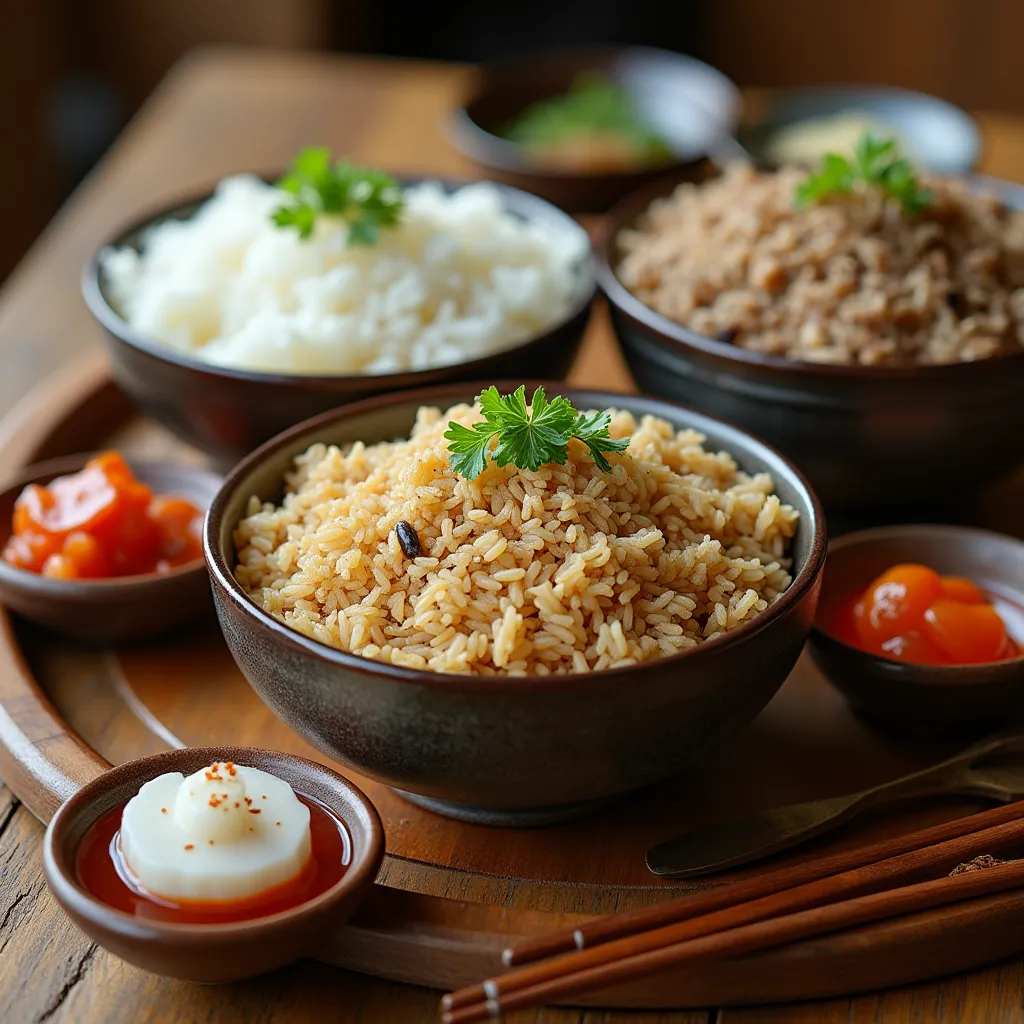
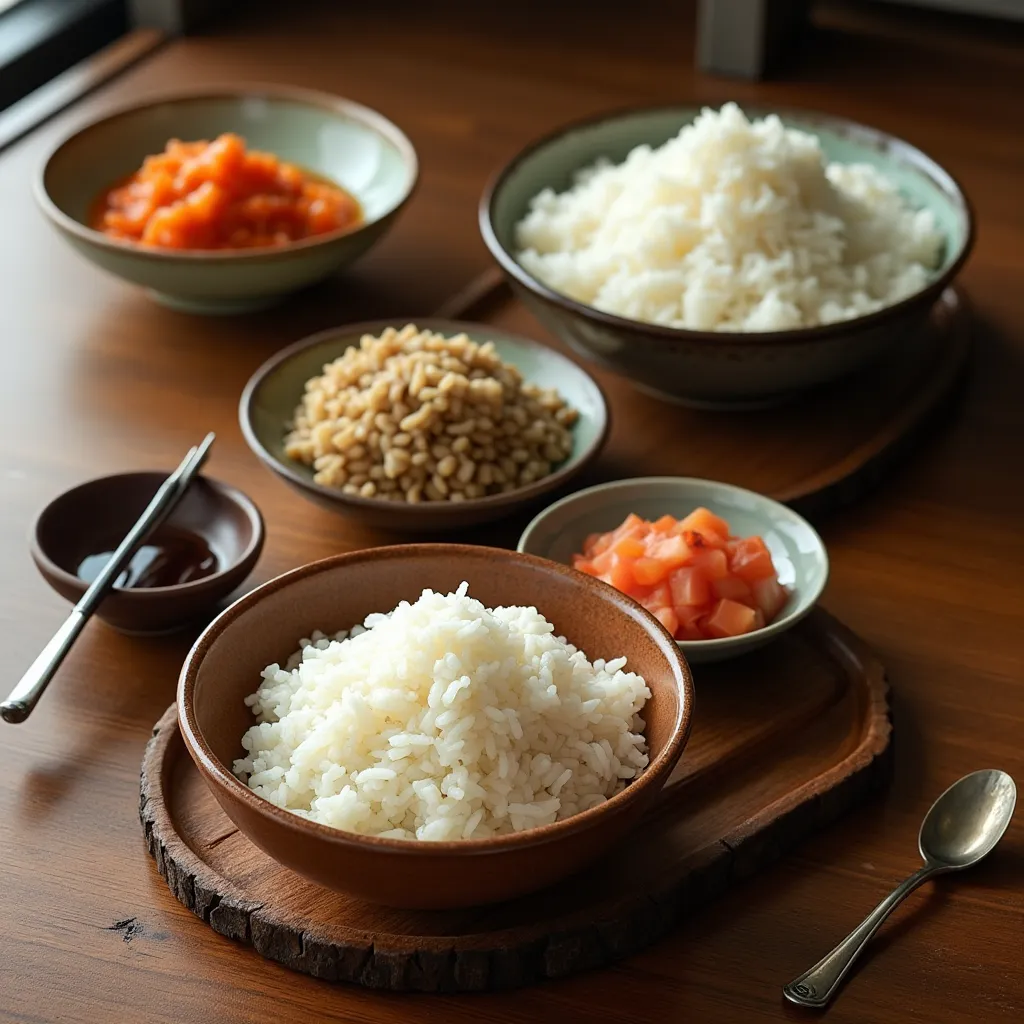
This humble staple provides slow-releasing energy to keep you feeling full and focused throughout the morning.
2. Protein-Packed Side Dishes
Protein is a critical component of breakfast, and Korean meals incorporate it in deliciously diverse ways:
- Gyeran-jjim (steamed egg custard): Light, fluffy, and bursting with flavor.
- Grilled fish (saengseon-gui): Rich in omega-3 fatty acids and lean protein.
- Tofu dishes: A plant-based option high in protein and calcium.
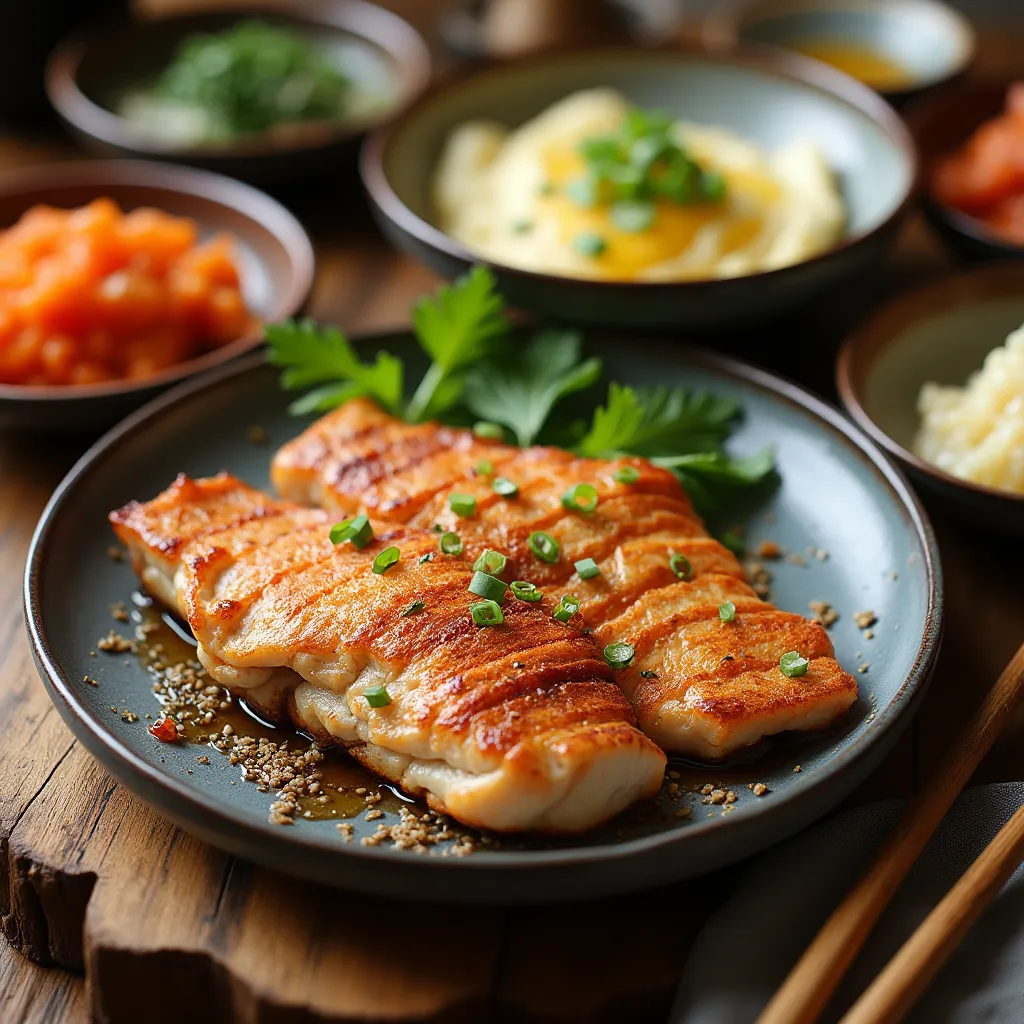
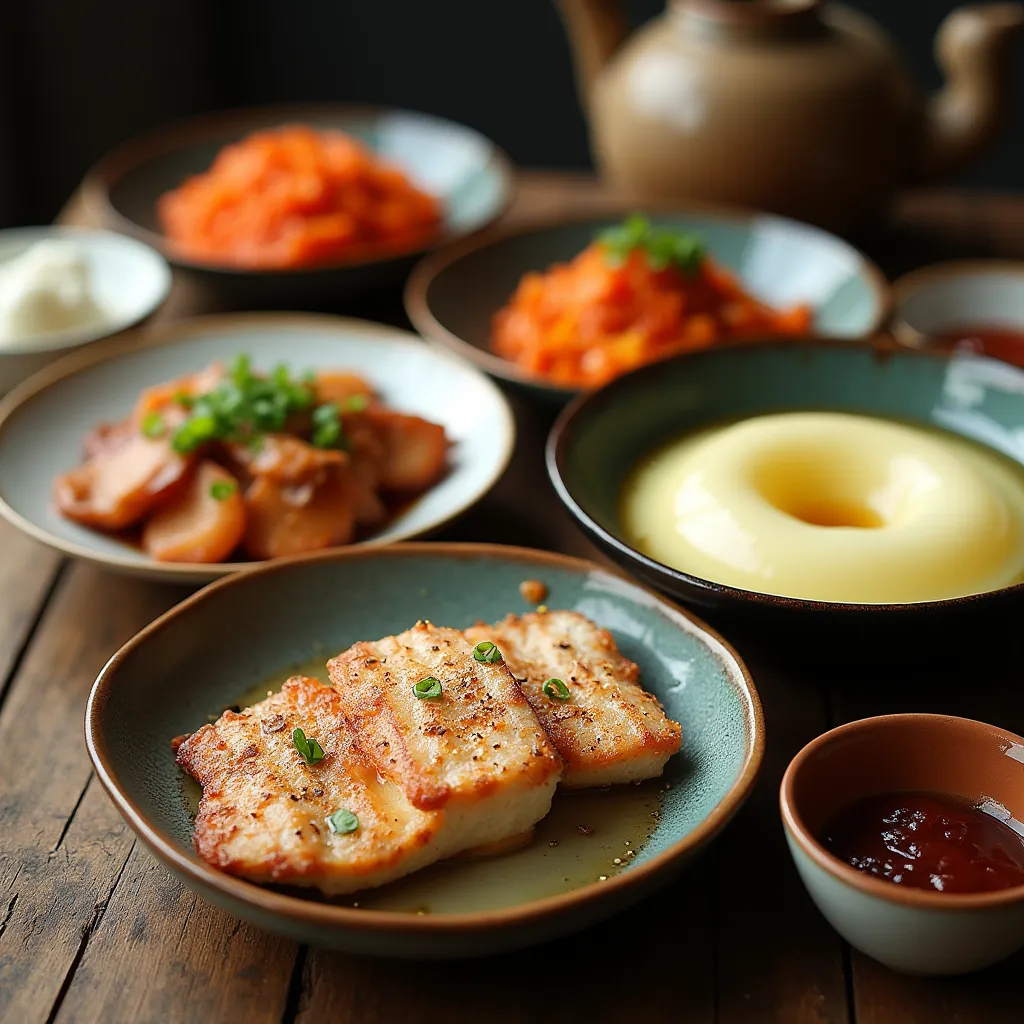
These dishes are not only satisfying but also essential for muscle repair and overall vitality.
3. Comforting Soups
A warm bowl of soup is a signature element of Korean breakfasts, offering hydration and a comforting start to your day. Favorites include:
- Doenjang-guk (soybean paste soup): A savory blend of fermented soybean paste, vegetables, and sometimes tofu, rich in probiotics and nutrients.
- Kimchi jjigae: A spicy, tangy stew featuring kimchi, tofu, and optional proteins like pork or seafood.
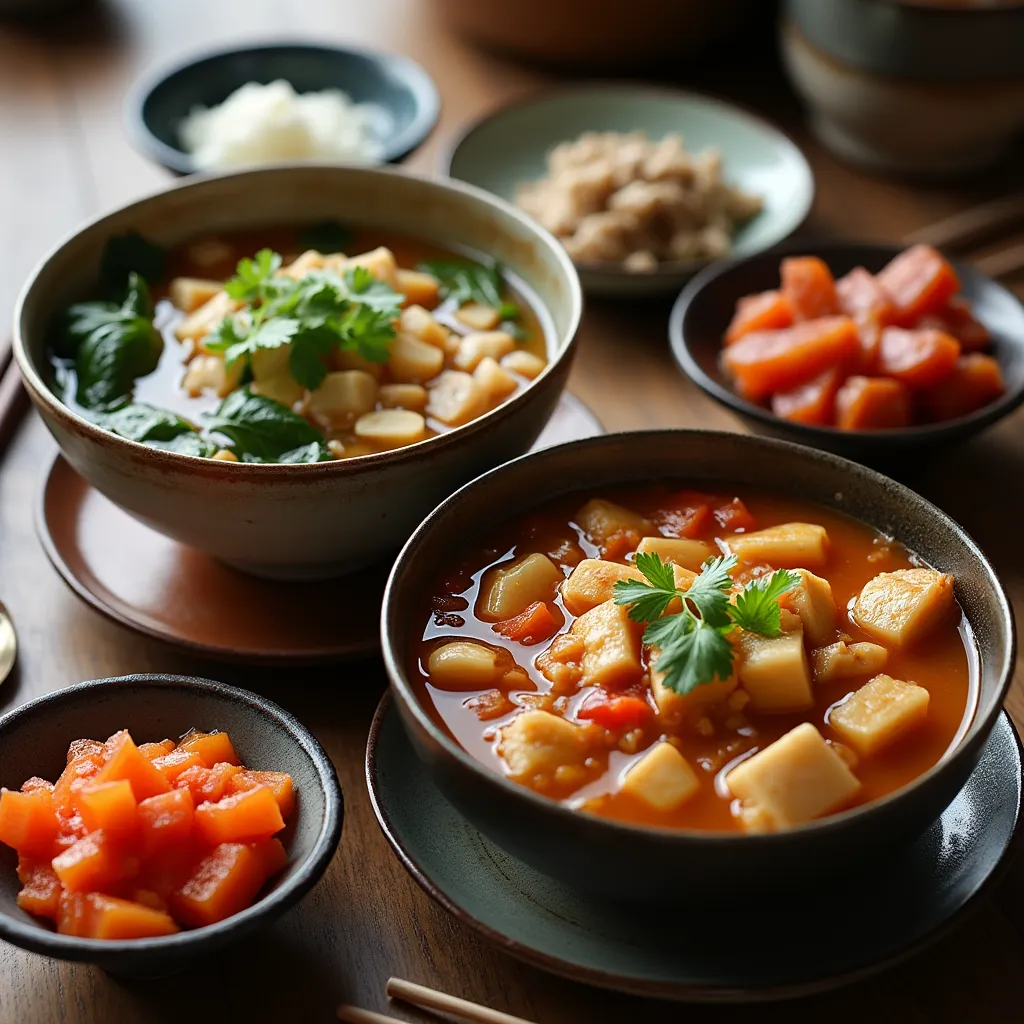
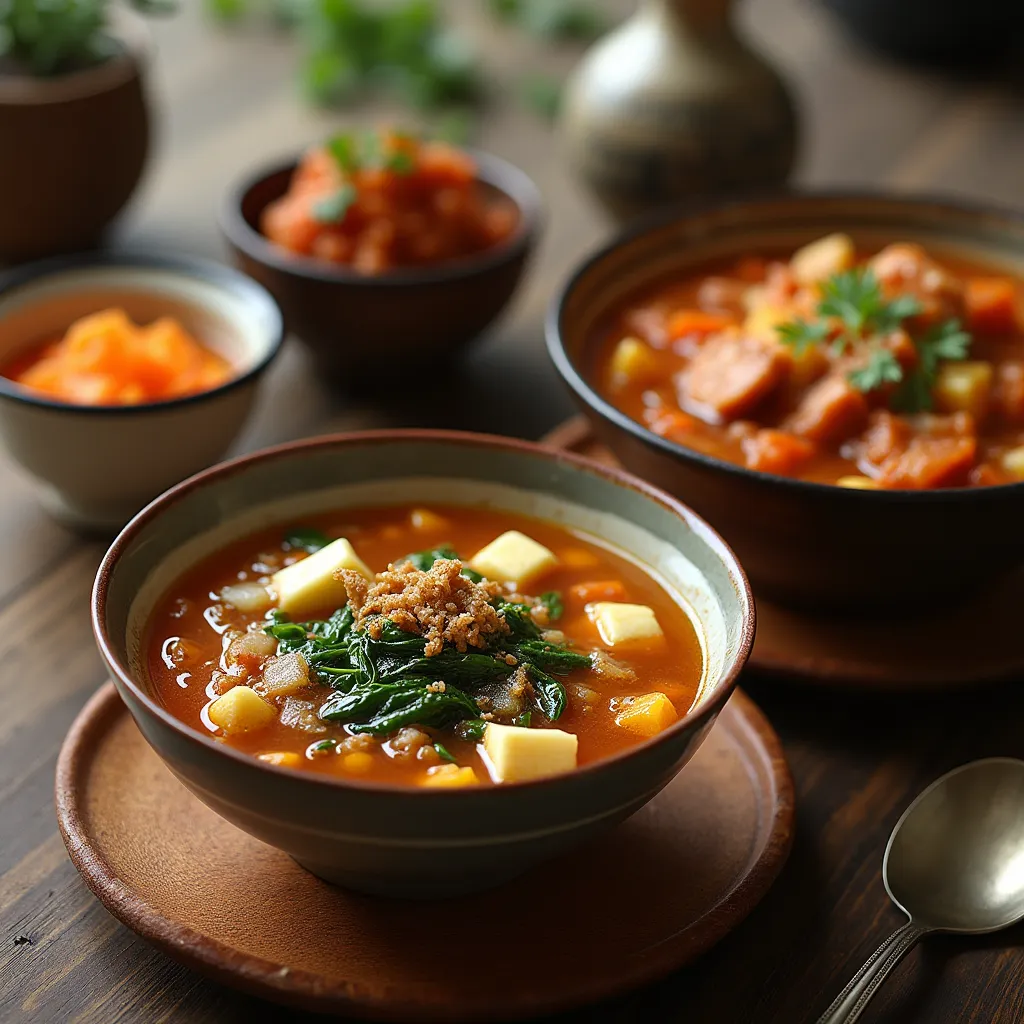
4. Fermented Side Dishes
Korean breakfasts often include banchan (side dishes), with fermented vegetables taking center stage:
- Kimchi: A probiotic powerhouse supporting gut health and immunity.
- Danmuji (pickled radish): A crunchy, mildly sweet addition that pairs well with rice and soup.
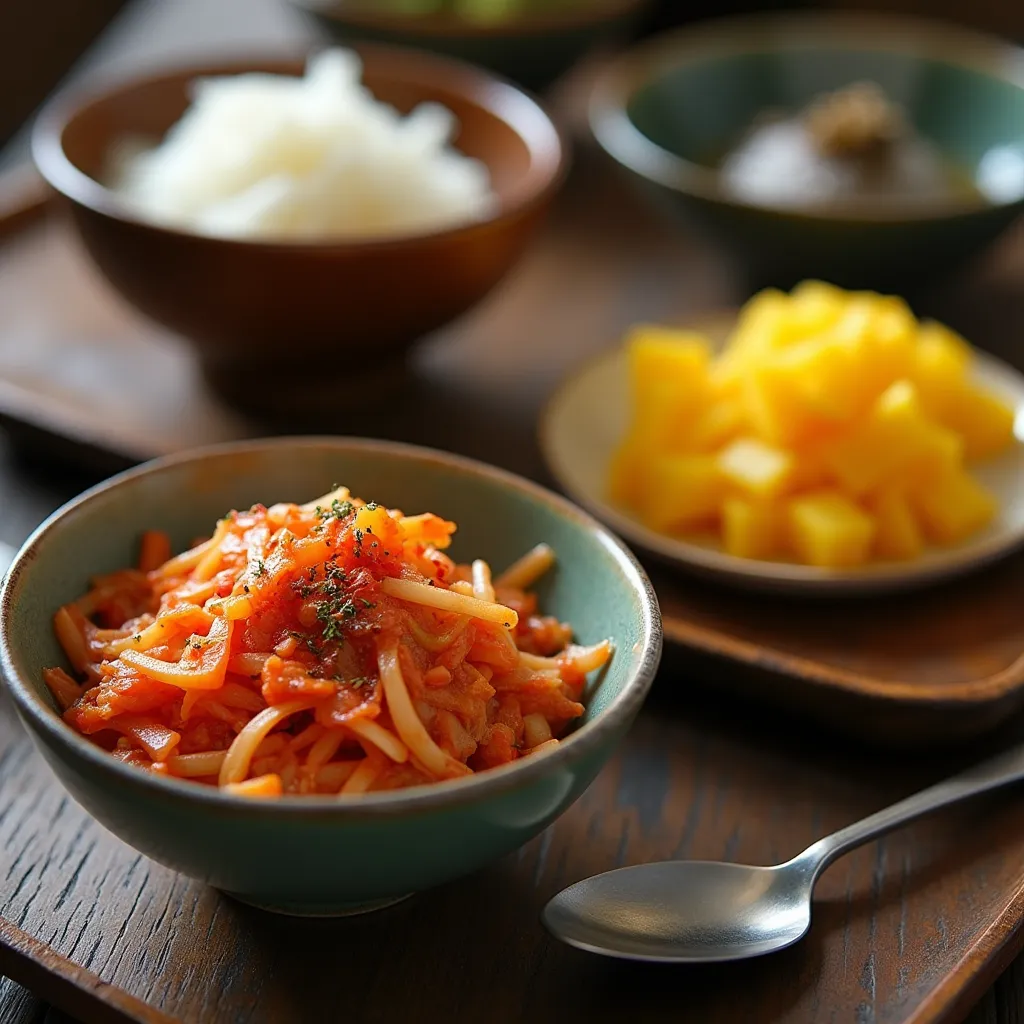
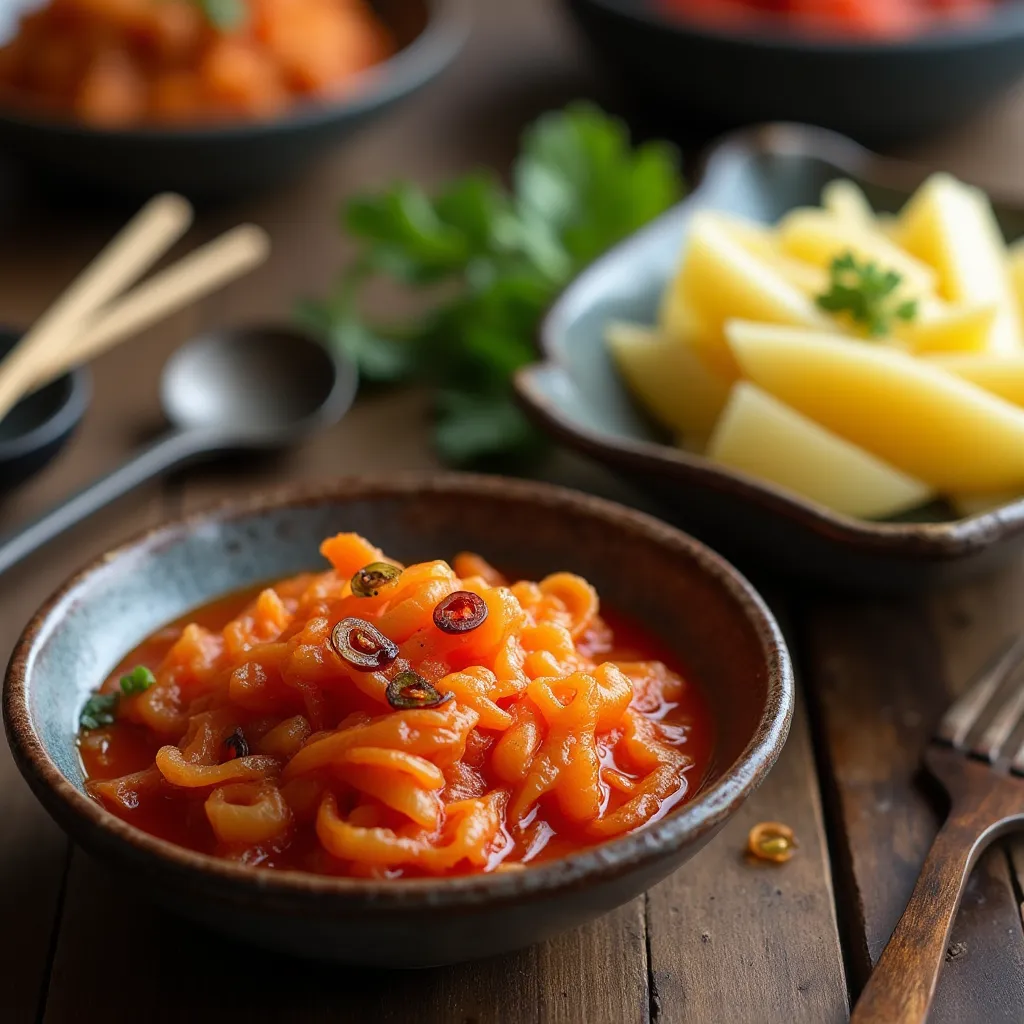
These side dishes not only enhance flavors but also contribute to a balanced microbiome.
Healthy Korean Breakfast Recipes to Try
Ready to bring these flavors into your kitchen? Here are two simple, nutritious recipes to get you started.
Recipe 1: Multigrain Rice with Grilled Salmon and Doenjang-Guk
Ingredients:
| Ingredient | Quantity | Health Benefit |
|---|---|---|
| Mixed grain rice | 1 cup | High in fiber, sustained energy |
| Salmon filet | 1 (100g) | Rich in omega-3 fatty acids |
| Doenjang (soybean paste) | 2 tbsp | Contains probiotics |
| Spinach | 1 cup | Packed with vitamins A and C |
| Garlic | 2 cloves | Boosts immunity |
Instructions:
- Cook the mixed grain rice according to package instructions.
- Season the salmon lightly with salt and grill until golden brown.
- In a pot, mix doenjang with water, add spinach, garlic, and tofu (optional). Simmer for 10 minutes.
- Serve the rice alongside the grilled salmon and a bowl of doenjang-guk.
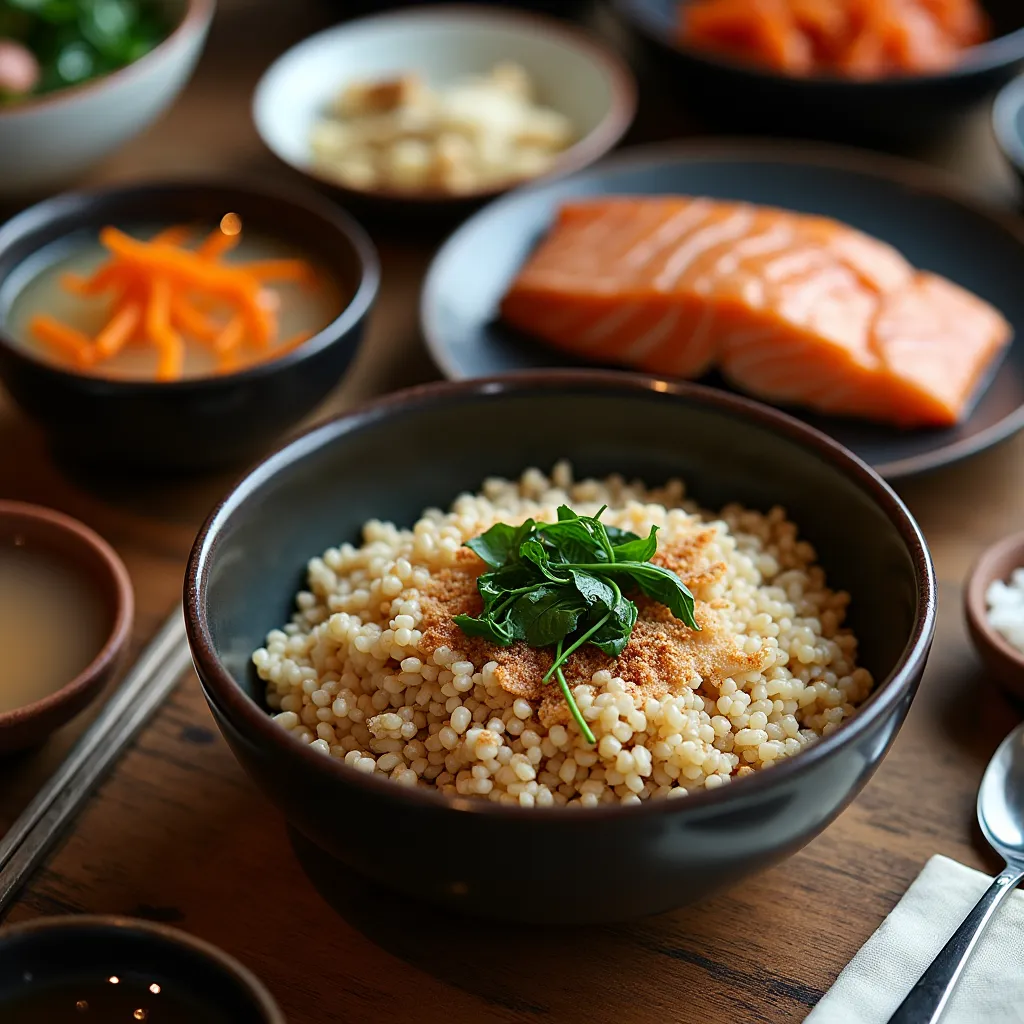
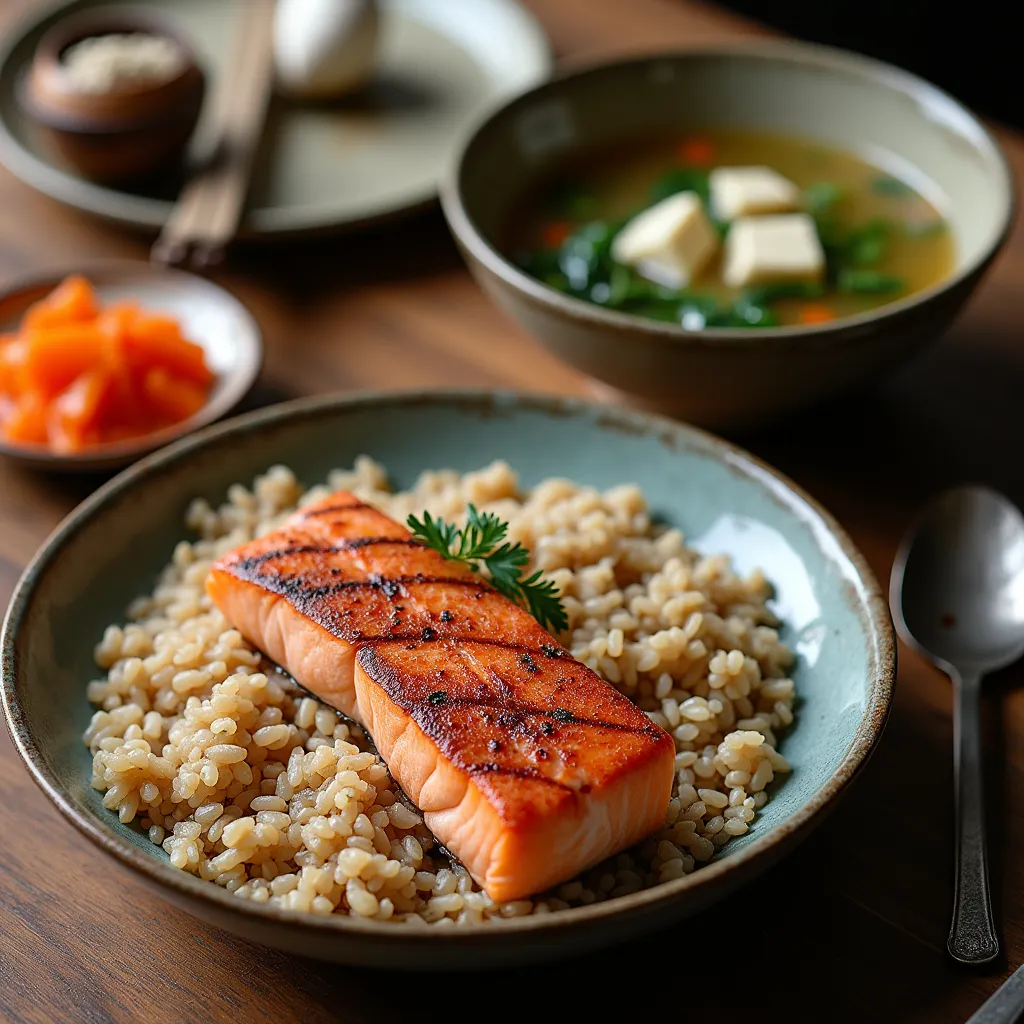
Recipe 2: Gyeran-Jjim (Steamed Egg Custard)
Ingredients:
| Ingredient | Quantity | Health Benefit |
|---|---|---|
| Eggs | 3 | Excellent source of protein |
| Water | 1 cup | Creates a smooth texture |
| Sesame oil | 1 tsp | Adds healthy fats |
| Green onion | 1 tbsp | Rich in antioxidants |
Instructions:
- Whisk eggs and water until well combined.
- Pour the mixture into a heatproof bowl.
- Steam over low heat for 10–12 minutes until set.
- Drizzle with sesame oil and garnish with green onion before serving.
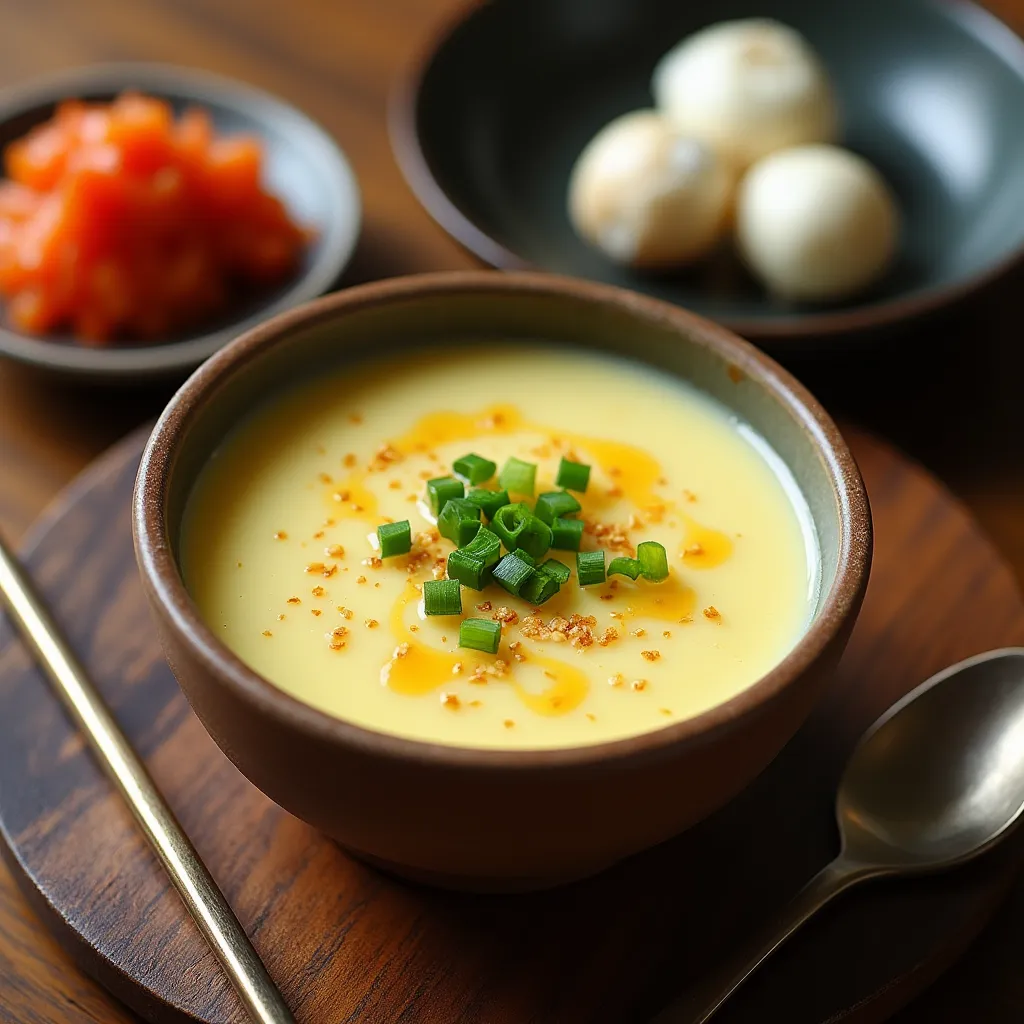
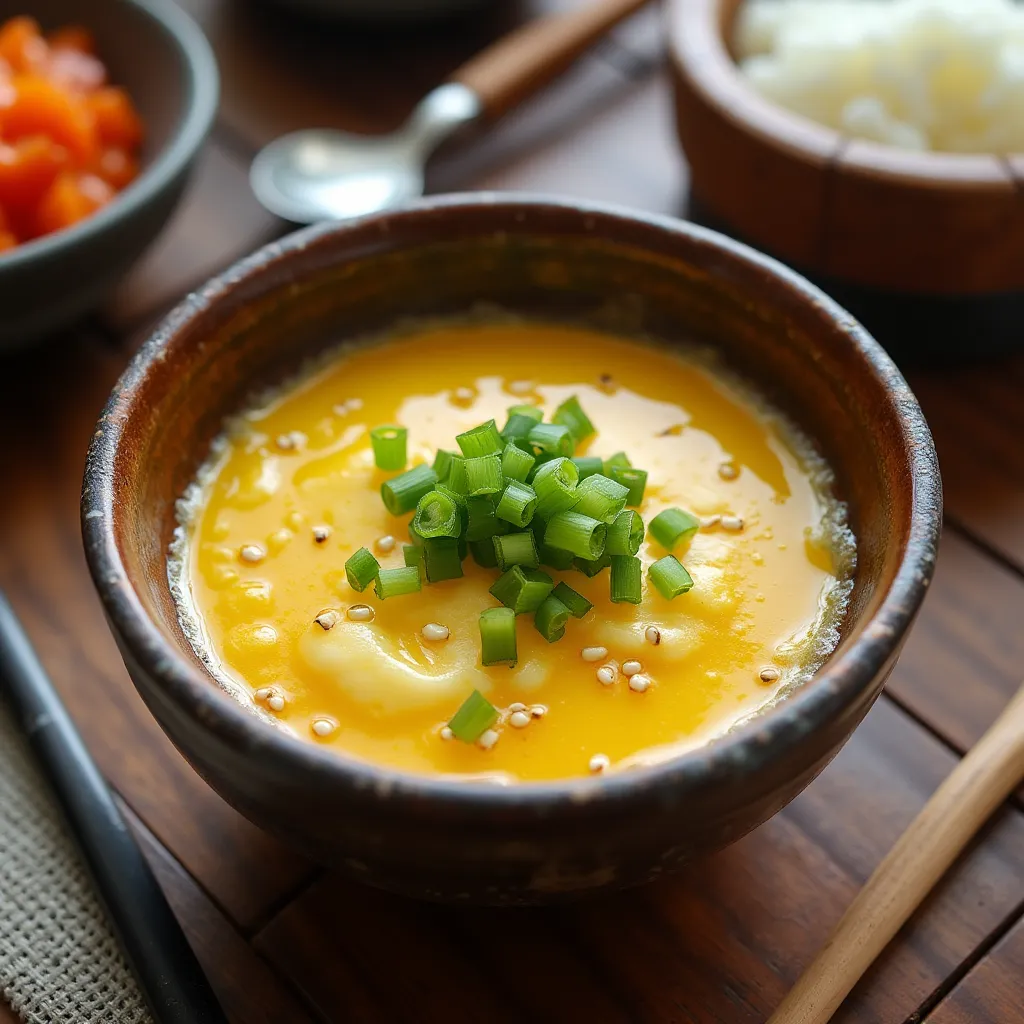
Tips for a Balanced Korean Breakfast
- Plan Ahead: Prep banchan in advance to save time. Many side dishes can be refrigerated for days.
- Focus on Freshness: Use fresh, whole ingredients for maximum nutrients.
- Balance Your Plate: Aim for a mix of carbohydrates, proteins, and vegetables in every meal.
- Experiment: Don’t hesitate to adapt recipes to suit your taste or dietary needs, such as using gluten-free soy sauce.
Conclusion: Start Your Day with Balance and Flavor
A healthy Korean breakfast isn’t just a meal—it’s a way to nourish your body, connect with tradition, and set the tone for a productive day. Whether you’re savoring a bowl of doenjang-guk or crafting your first gyeran-jjim, these recipes and tips will help you embrace the joy of mindful eating.
Are you ready to transform your mornings? Try one of these recipes today and experience the energy, balance, and flavor that a Korean breakfast can bring to your life.
Call-to-Action: Have questions or want more recipes? Drop a comment below, and don’t forget to share your favorite Korean breakfast moments with us!
FAQs About Healthy Korean Breakfasts
Q: Are Korean breakfasts healthy?
A: Yes! Korean breakfasts are typically balanced, low in sugar, and rich in whole foods, offering a perfect start to your day.
Q: Can I make Korean breakfast gluten-free?
A: Absolutely. Substitute soy sauce with tamari or other gluten-free options, and stick to naturally gluten-free staples like rice and vegetables.
Q: What’s the quickest Korean breakfast I can prepare?
A: Gyeran-jjim (steamed egg custard) is an easy, protein-rich dish ready in just minutes. Pair it with rice and kimchi for a complete meal.
Tried These Recipes? Share Your Thoughts!
There are no reviews yet. Be the first one to write one.

